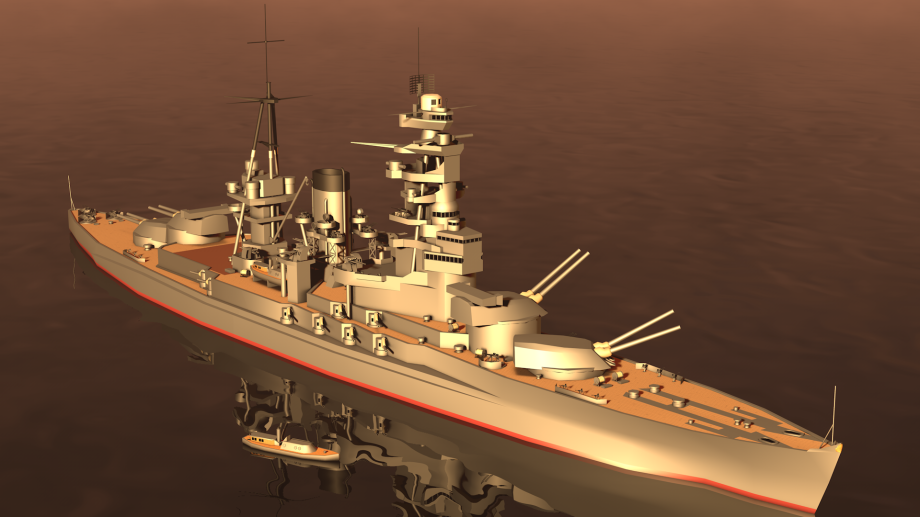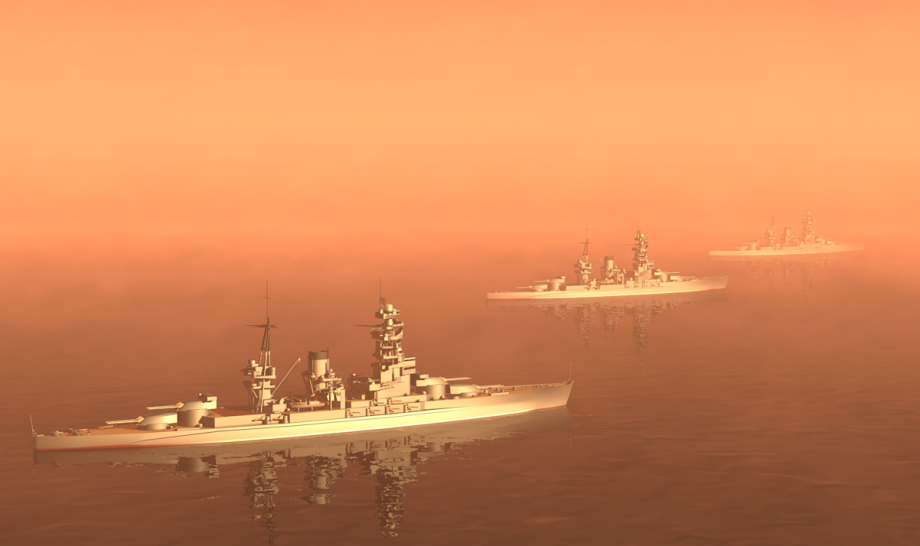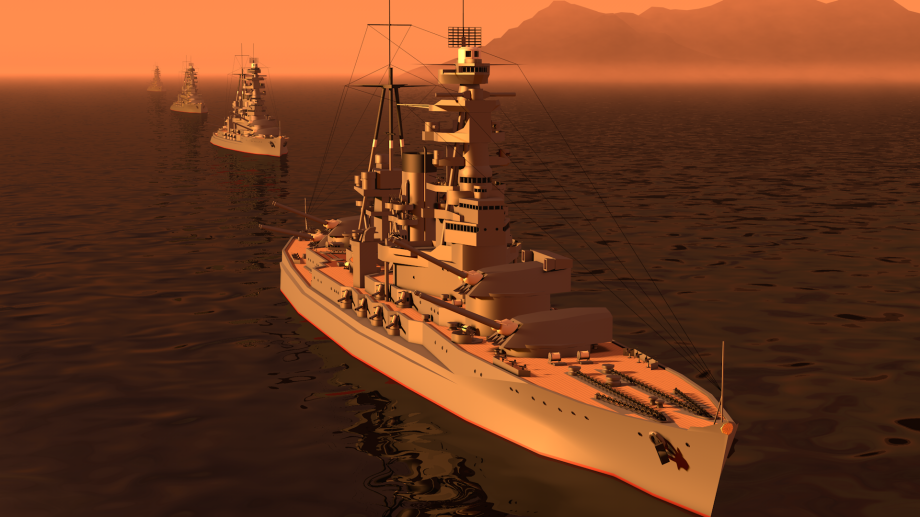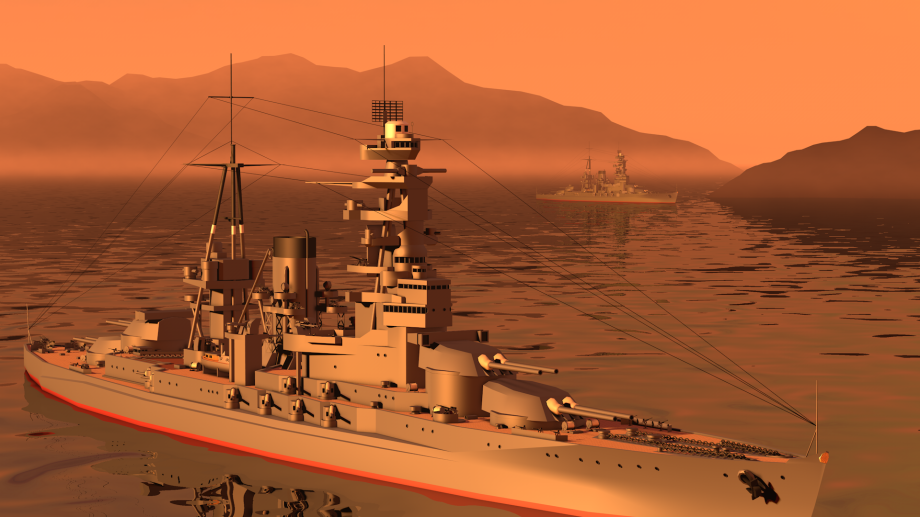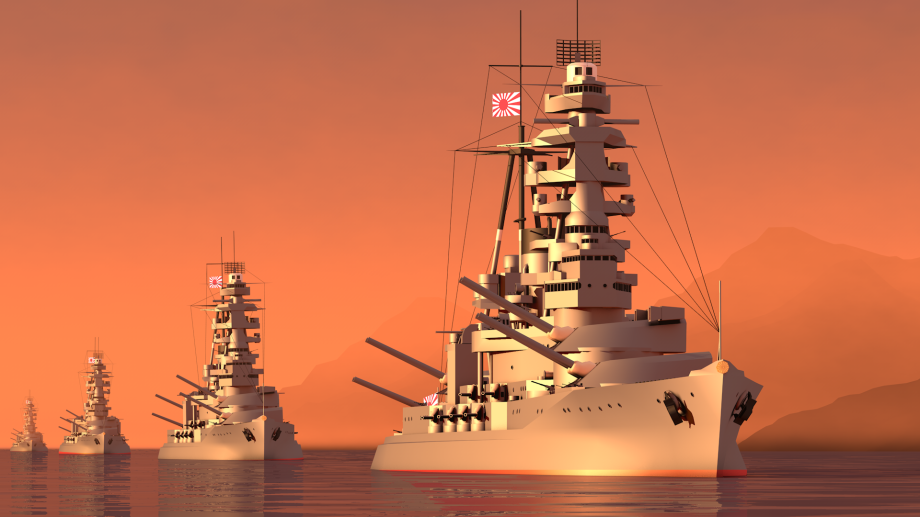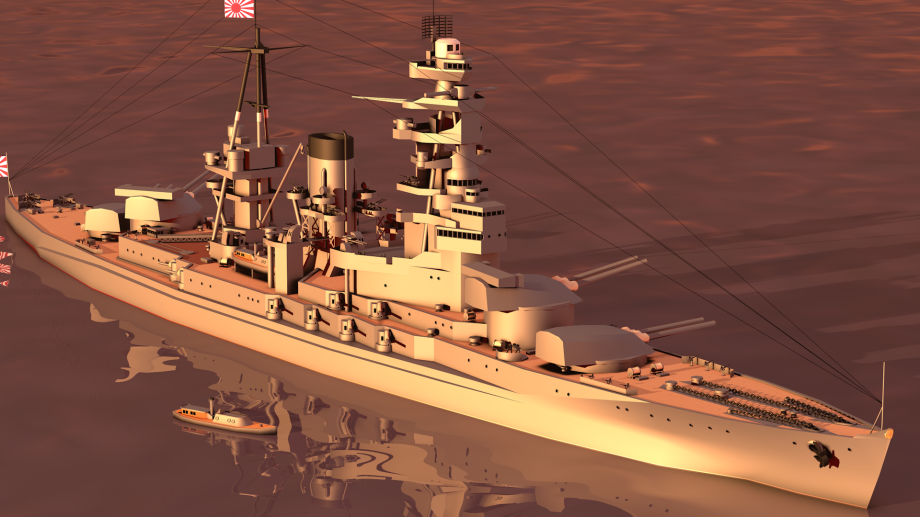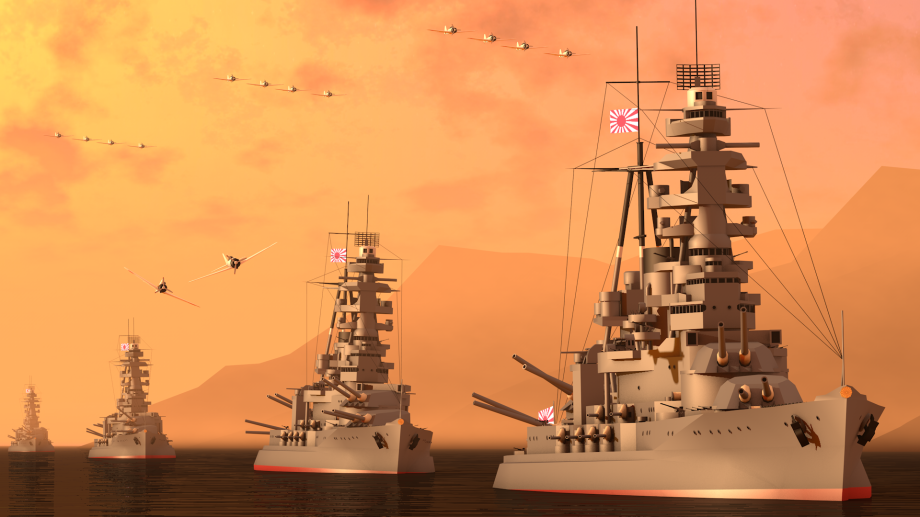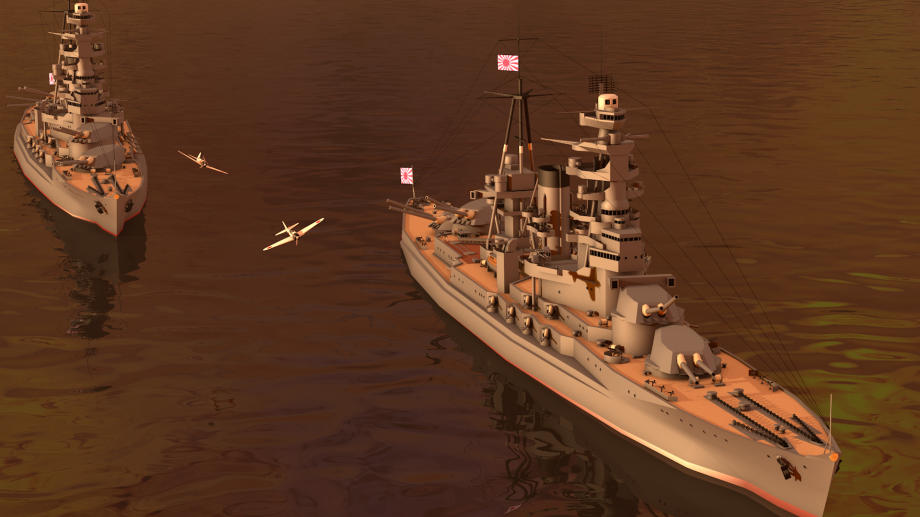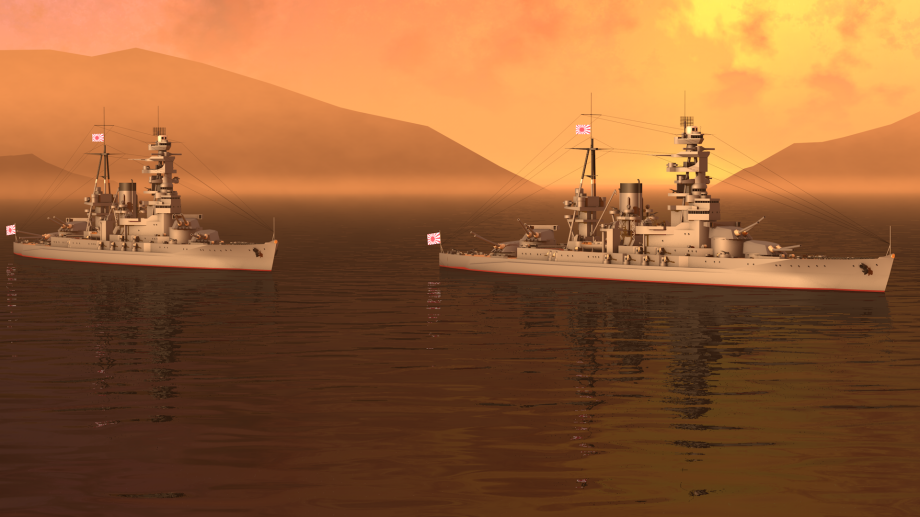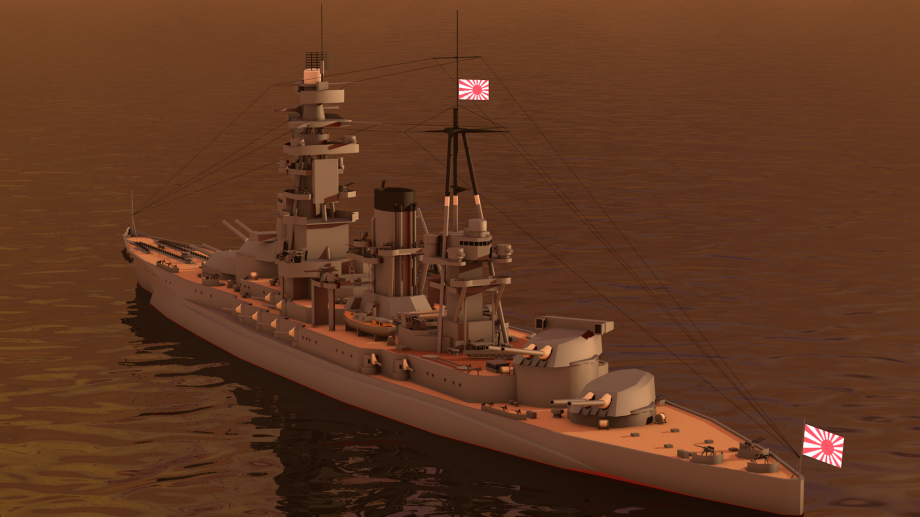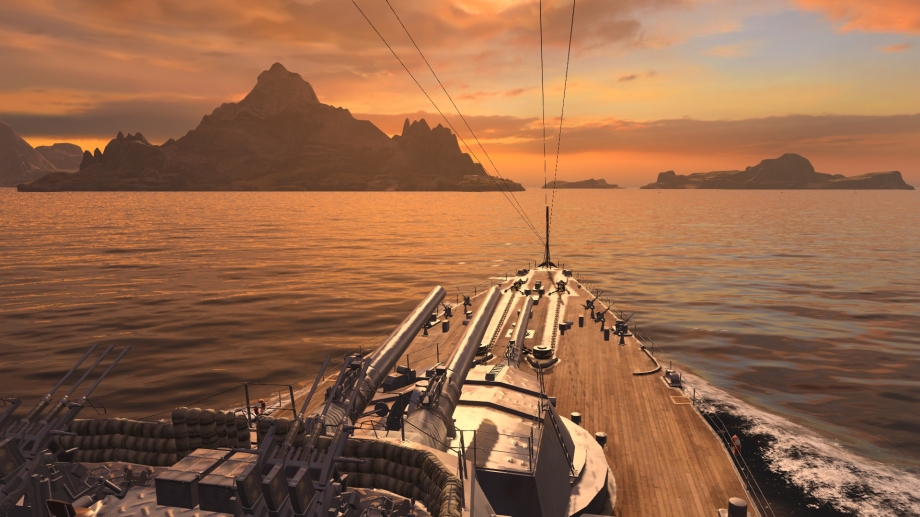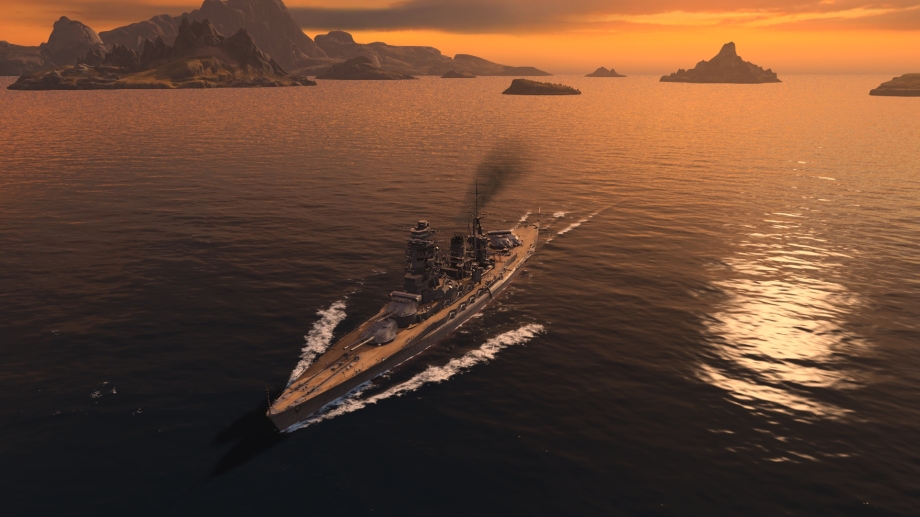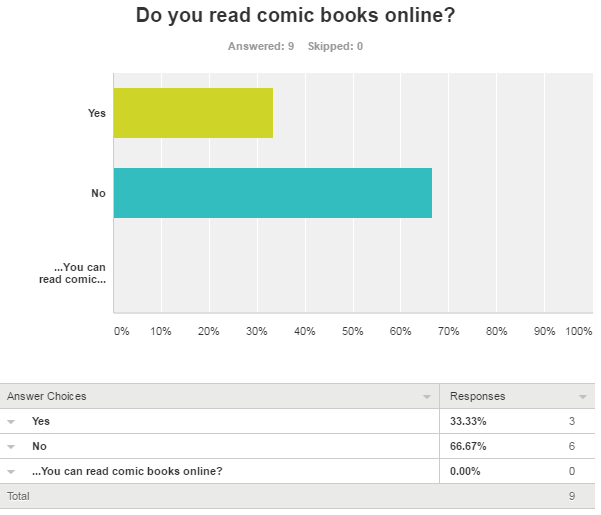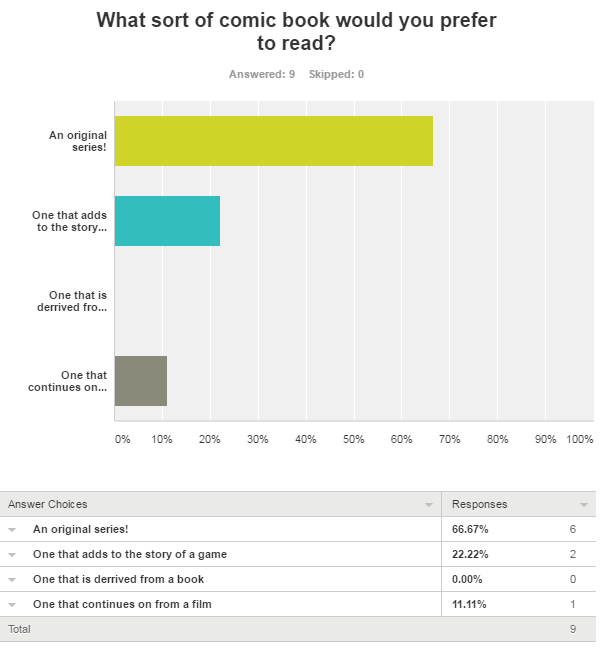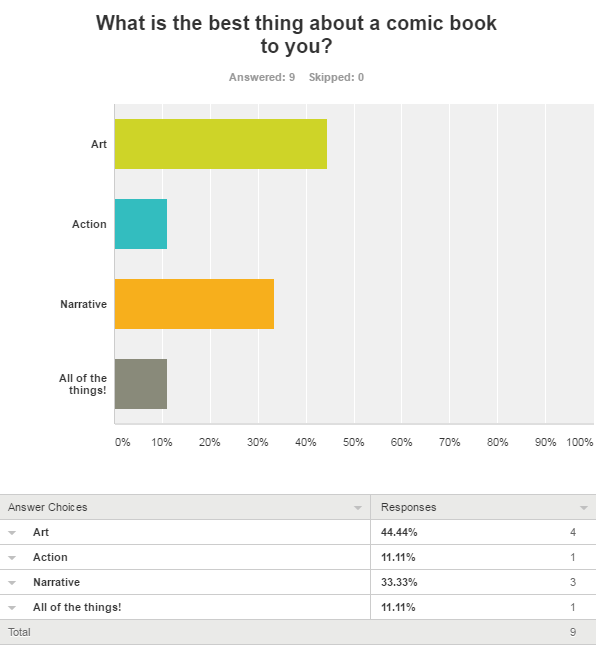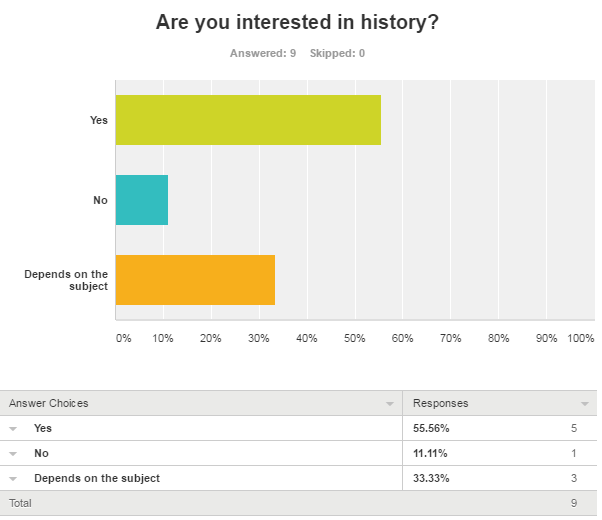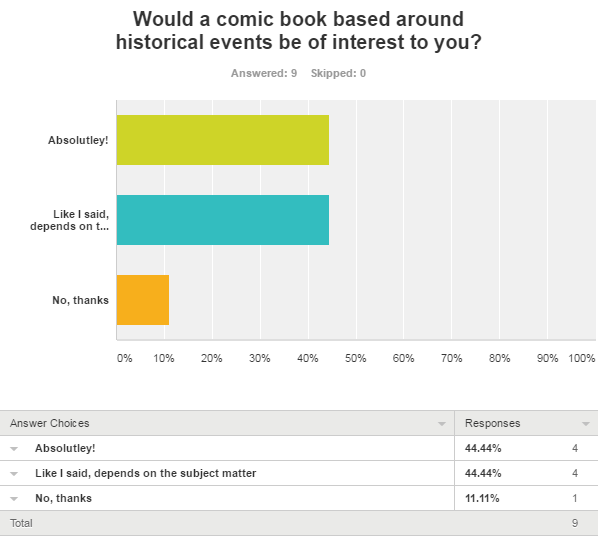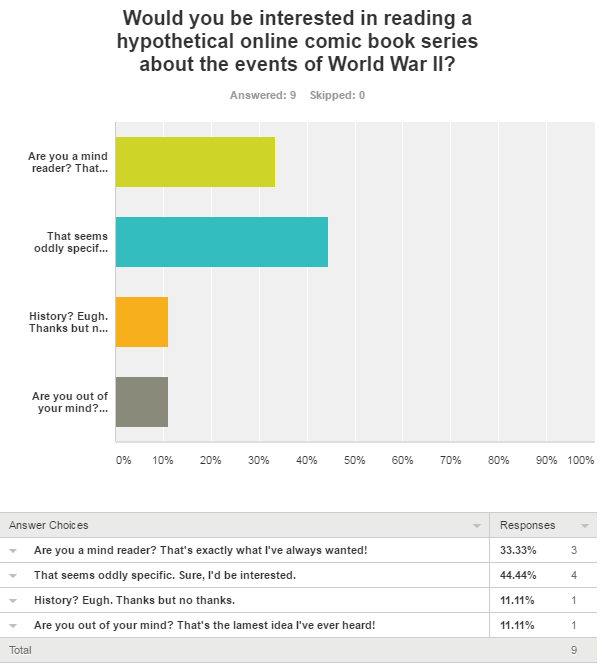My comic book was uploaded and it received some pretty nice feedback, mostly about the graphics, but honestly the graphics are the only generally engaging feature anyway.
General Personal Consensus
Graphics
The graphics were certainly the strongest part without a doubt. Like the vast majority of my work, I put a disproportionate amount of effort in when it comes to making things look visually appealing, and it’s nice to see that people noticed and appreciated that with the feedback I got. Someone even said “As soon as I saw the cover, it reminded me of the old Marvel comics I used to read as a kid”. That’s not exactly the vibe I was going for but I’ll happily take it.
Narrative
By far, the weakest part of the product. There’s no human characters, no dialogue and no emotion. I would have really liked to include a real human element into the comic, but various things stopped me from doing that. Partly me wanting to keep the age rating down, and mostly me being completely incompetent at drawing human characters.
I was aiming for a more artful approach if you will, trying to convey a story from just still images with zero speech what so ever, but because of that I felt that nothing that occurs in the comic has any particular weight or depth. It’s a shallow story, and it’s made even worse because of these faults.
Conclusion
Pacific Steel: Moonlit Wings is a success. At face value. What it lacks in depth, emotion, story telling ability, length and general setting it hopefully makes up for with the visual aspect.
I’m starting to see that’s a re-occurring theme with my work. Pretty graphics but no more than a hollow shell beneath.
Production Process
This module wasn’t without it’s difficulties. I’m really not a fan of drawing. So much not a fan of drawing that I decided to simply write my storyboard out with some descriptive writing, so at the very beginning I found the production process very difficult. It was hindered further by the fact that I decided to use Paint.NET, a program that I was very familiar with, and a program that isn’t available for me to use at college.
Concept and Planning
The nature of Moonlit Wings was directly tied to my animation concept for Pacific Steel. And if really wish I hadn’t come up with an concept with such a mundane setting.
I really love history, but a lot of people really couldn’t care less, and it would be extremely hard to convince people through my work that history is engaging and exciting without disregarding historical facts. A benefit of using a historical setting however is that all the visual designs for characters, objects and vehicles have already been made for me. T
Production
To save myself from the absolute torture that is drawing, I took a slightly sleazy but ultimately effective route. After contact with my tutor to confirm that this was okay to do, I decided to trace over 3D models. Some ripped from other games and some created by myself. This spared me a boatload of time, time that was rather limited.
I was able to manipulate these objects into suitable poses, perspectives and lighting conditions, and then simply trace over them in Paint.NET. For the ship and the aircraft I used models ported into a game called Garry’s Mod, and for the ship interior I modelled that myself with Cinema 4D.
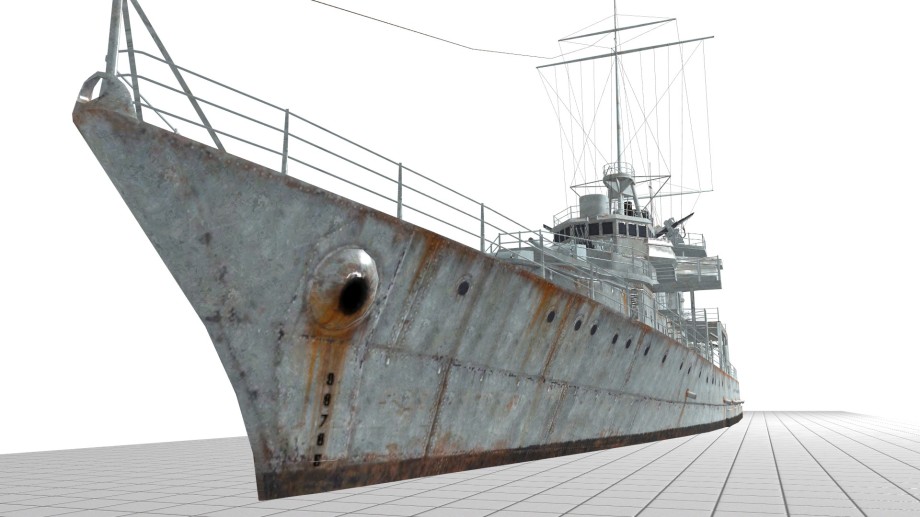
The initial picture of a the model, ported from World of Warships

Final image created in Paint.NET
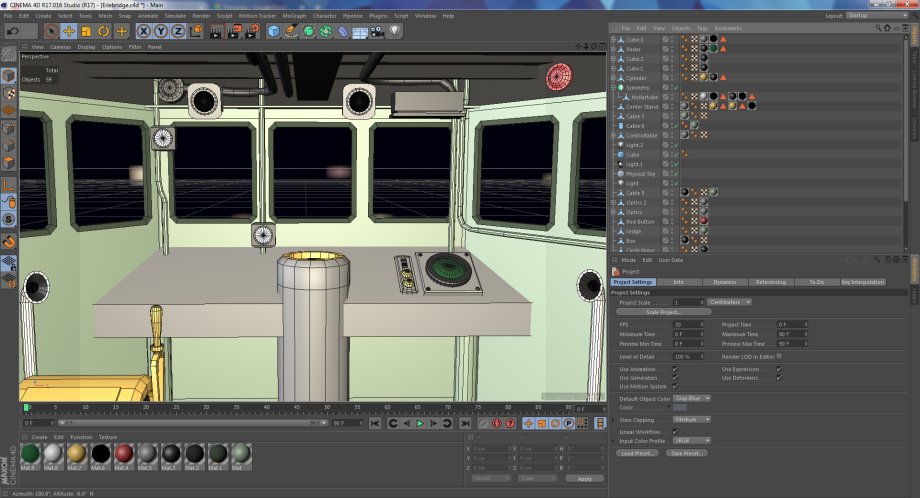
3D model of the bridge created with C4D

Final 3D Render

Ditto, final product
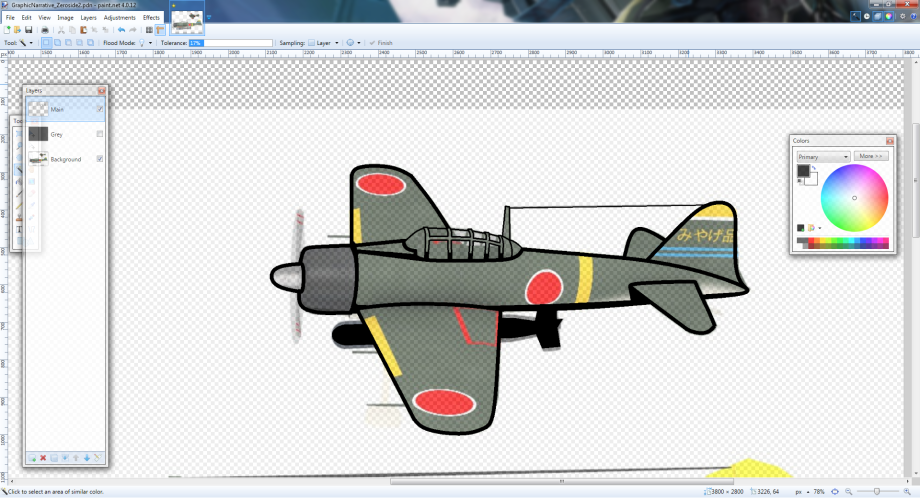
The simple technique of using layers to slowly draw and build up the image. The final results in around 5 or 6 layers for each object
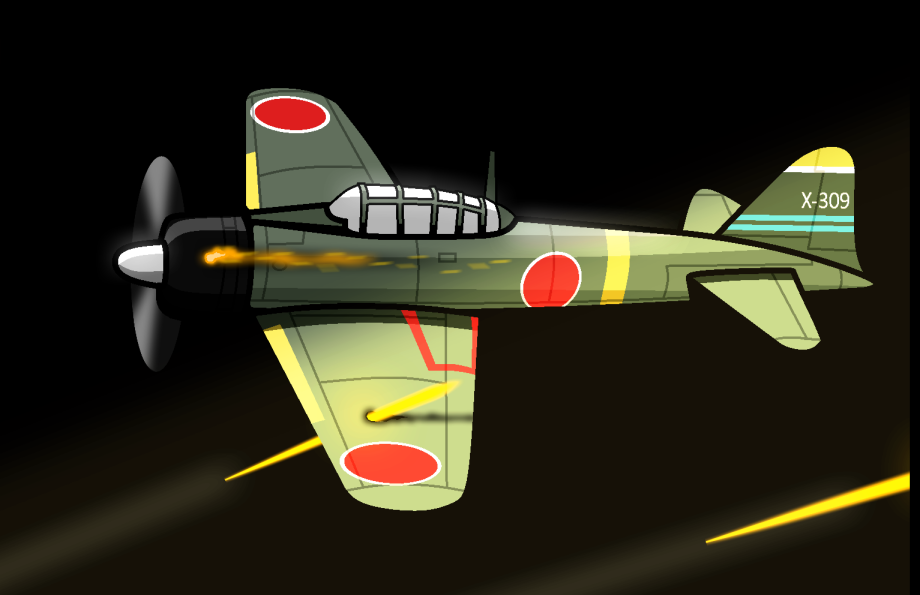
I experimented with a few different graphic styles before settling with my chosen style. A more in-depth look at that can be found here.
The style was easy to produce and visually effective.
The rest is simply various techniques in Paint.NET, then compiling the individual assets into the comic book panels that come together and compose Moonlit Wings.
Constraints/Problems
The main issue (other than time and lack of talent) was inexperience. I’m not a writer nor have I ever produced anything like this before. The whole time I was just throwing things around to see what stuck, I didn’t really know what I wanted it to be up to the very end when I was started composing everything together,and by then it can be considered too late to change anything.
Creating the narrative was also very difficult. My initial idea was for Moonlit Wings was more in-depth, with human characters with interactions, dialogue, and personal motivations. After realising I couldn’t draw people, I couldn’t 3D model people, and couldn’t write a convincing conversation between two people I gave up on the idea.
Technical issues only came with Paint.NET’s limitations, mostly over having to create the art at a ridiculously high resolution so it wouldn’t look rough and blocky when displayed at normal resolutions.
Regarding time, to my surprise I actually finished 2 days early. In an ideal world that would have given me 2 days to fine-tine and add more stuff but that wouldn’t be the case. I couldn’t think of anything to improve on as I’d created it to the best of my ability.
Feedback
The general feedback for Moonlit Wings was very good. I scored 5 across the board from 18 individuals for the most part, and tied for the lead as the highest rated product in the room. A few individuals just looked at the first page and instantly gave me a 5 star rating, which was flattering, though very strange.
From these results once could assume that the product would be commercially viable. Though the pool of people for the feedback was quite small, and generally all share similar likes and dislikes when it comes to media. A more in-depth collection of feedback can be found here. Unfortunately, at the time I created that survey I was too deep in development to make any changes based on the feedback I gathered.
I’ve heard from someone, and I totally agree with this, is that it’s very generic. It’s nothing that hasn’t been done in one form or another before, and I’ve been really struggling to find ways of making it unique, original and ultimately more interesting. I refer back to my previous statement; “I really love history, but a lot of people really couldn’t care less, and it would be extremely hard to convince people through my work that history is engaging and exciting without disregarding historical facts”
Others say (again I totally agree) that the scenes jump too far forward, and often too fast to create a cohesive narrative. I should have added interim panels to help ease the visual flow, and given more time I certainly would have.
Conclusion
Through this ordeal though, I have found various new skills with Paint.NET and Cinema 4D, and learned that I can avoid drawing anything if I try hard enough. In the end I’ll have to say that, though I am disappointed in a few areas, I surprised myself and achieved my intentions.







